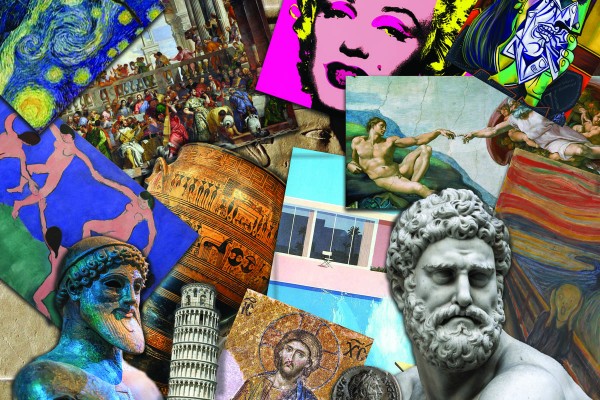I am where I am today because of art. My father is an art gallery curator and my mother is a jeweller and after-school art teacher. People’s desires to see art, learn about art, wear art and encourage their children to make art have supported my family throughout my life. My parents encouraged me and my siblings to be creative and lived that out in their own lives. Seeing my parents follow their strengths is powerful and instils a confidence in me that I can do the same. So, I am deeply sad about the University’s decision to close down the Art History Department at the University of Otago.
On the face of it, there are obviously practical reasons for cutting the Department. Over time, fewer students have enrolled to study Art History. It makes financial sense to not expend resources where few students will benefit. Universities are becoming more specialised anyway; if students want to study Art History they can go elsewhere. Right? Not quite. This can’t all be pinned on the Art History Department. Bigger trends have created this situation and it has bigger implications for Dunedin.
Successive cuts to the Humanities have limited the Art History Department’s ability to draw students. Students watched as the number of papers they could choose shrunk each year. Job cuts left only two Art History staff. That doesn’t really make you want to stick with a programme.
Dropping student numbers and increasing budget cuts are borne out of a wider societal trend towards placing less value on art and its history. People don’t feel like art and art galleries are ‘for them’ or see art history as relevant to their lives. The message to creative young people is: “that’s very nice but it’s not going to get you a job, is it? Why don’t you just keep it as a hobby?” When Universities take that attitude, and become more focused on employability than education, you have a problem.
What we make shapes who we are. Connecting with the history of our art gives us an insight into who we were, are and can be. One of the best papers I’ve taken at Uni was Art: Here and Now with Associate Professor Erika Wolf. Through weekly field trips to art and architectural sites like Puketeraki Marae and the Hocken Collection, we uncovered the history of Dunedin through its art. Seeing the history of creativity around me made me feel more connected to this place that had previously overwhelmed my first year self.
Although students can study Art History elsewhere in the country, they won’t get that Dunedin-specific history when our Department closes. Dunedin’s major art collections, including the Hocken, will become far less accessible to the next generation of University students. We’re also sending incredible expertise out of the country. Erika Wolf, who has worked on both historic and contemporary New Zealand photography, moved to Siberia this year after she saw the ‘writing on the wall’. It’s that expertise that helps us see the importance and relevance of art history. But now it’s gone.
The odds have stacked up against the Department, but it all comes back to what we value. Money doesn’t have to be our measuring stick for value. There’s value in studying our creative history. It helps us understand who we are. There’s value in affirming the beautiful, creative people that have lived in our country. My parents and many other people couldn’t be themselves if some part of our society didn’t continue to value creativity. And, if we’re really into money, there’s value in sharing our creative history with people from around the world through tourism.



